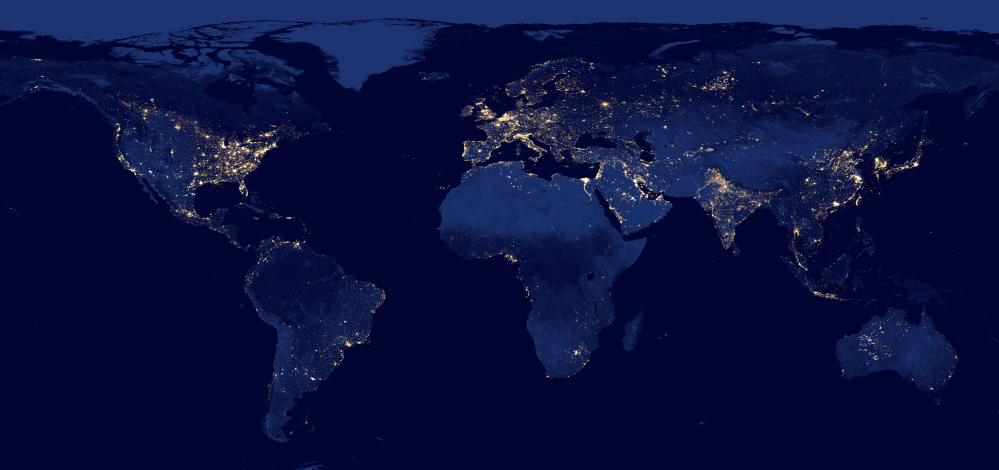WASHINGTON — People arechanging Earth so much, warming and polluting it, that many scientists are turning to a new way to describe the time we live in. They’re calling it the Anthropocene – the age of humans.
Though most non-experts don’t realize it, science calls the past 12,000 years the Holocene, Greek for “entirely recent.” But the way humans and their industries are altering the planet, especially its climate, has caused an increasing number of scientists to use the word Anthropocene to better describe when and where we are.
“We’re changing the Earth. There is no question about that, I’ve seen it from space,” said eight-time spacewalking astronaut John Grunsfeld, now associate administrator for science at NASA. He said that when he looked down from orbit, there was no place he could see on the planet that didn’t have the mark of man. So he uses the term Anthropocene, he said, “because we’re intelligent enough to recognize it.”
Grunsfeld was in the audience of a “Living in the Anthropocene” symposium put on last week by the Smithsonian. Meanwhile, the American Association for the Advancement of Science is displaying an art exhibit, “Fossils of the Anthropocene.” More than 500 scientific studies have been published this year referring to the current time period as the Anthropocene.
And on Friday the Anthropocene Working Group ramps up its efforts to change the era’s name with a meeting at a Berlin museum. The movement was jump-started and the name coined by Nobel laureate Paul Crutzen in 2000, according to Australian National University scientist Will Steffen.W. John Kress, acting undersecretary of science for the Smithsonian. Kress said,”Never in its 4.6 billion-year-old history has the Earth been so affected by one species as it is being affected now by humans.”
Send questions/comments to the editors.



Success. Please wait for the page to reload. If the page does not reload within 5 seconds, please refresh the page.
Enter your email and password to access comments.
Hi, to comment on stories you must . This profile is in addition to your subscription and website login.
Already have a commenting profile? .
Invalid username/password.
Please check your email to confirm and complete your registration.
Only subscribers are eligible to post comments. Please subscribe or login first for digital access. Here’s why.
Use the form below to reset your password. When you've submitted your account email, we will send an email with a reset code.